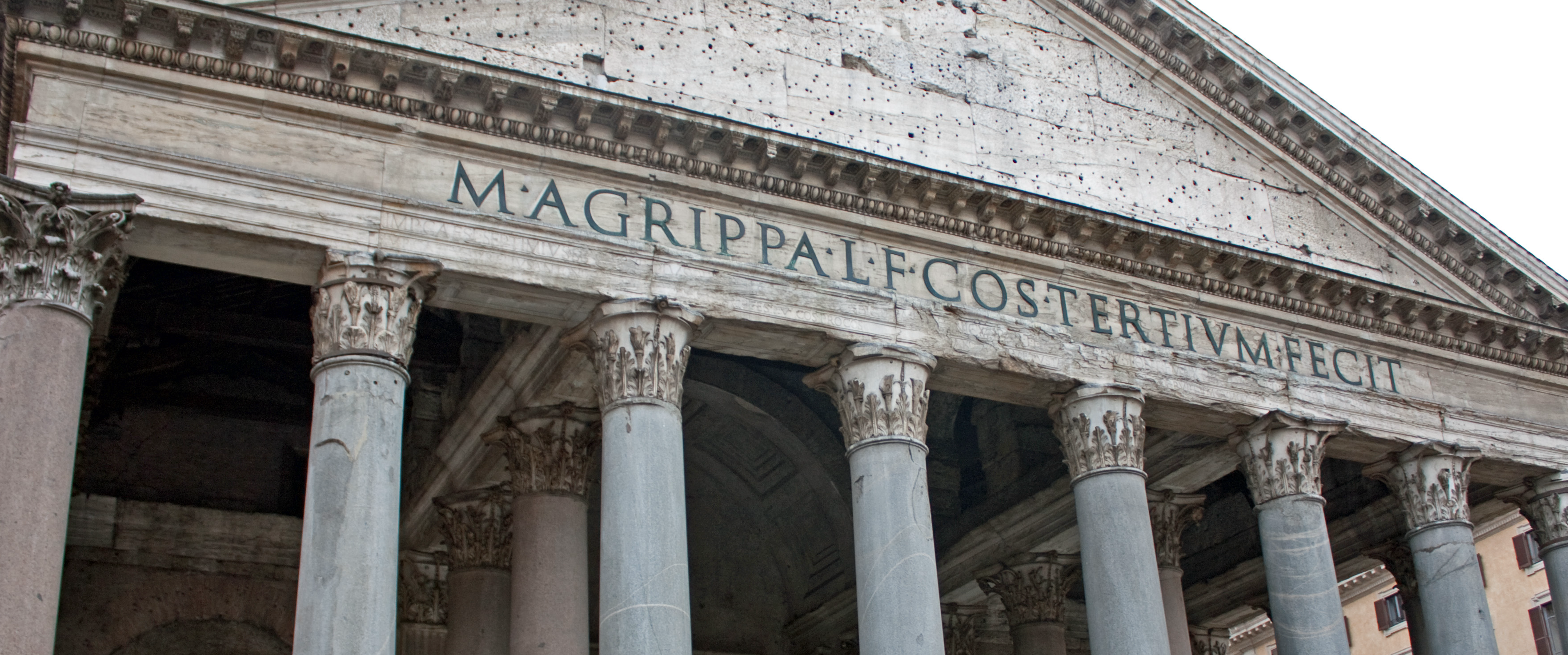Abstract
By detailed examination of the location of different types of building within a range of urban sites, the functions of Roman towns are considered. This paper rejects the suggestion that the form of the Roman town can be explained solely as the imposition of an alien culture. Indigenous social forces must be considered primarily responsible for the maintenance and adaptation of an institution which suroived for over three hundred years within the province. Various theoretical models of the pre-industrial city are considered. With these in mind possible explanations are sought for the variations in the form of RomanrrBritish urban topography. The differences in size and amenities offered between early civitas capitals and small towns are considered the product of radically different social conditions in each. This is quite contrary to the still frequently expressed opinion that small towns simply represent a later version of urbanism which had discarded as unnecessary the trappings of classical civilisation. The possibility that general principles exist which may extend throughout all Periods is suggested by parallels in the medieval period.
How to Cite
Clarke, S., (1993) “The Pre-Industrial City in Roman Britain”, Theoretical Roman Archaeology Journal 1991, 49-66. doi: https://doi.org/10.16995/TRAC1991_49_66
618
Views
384
Downloads
